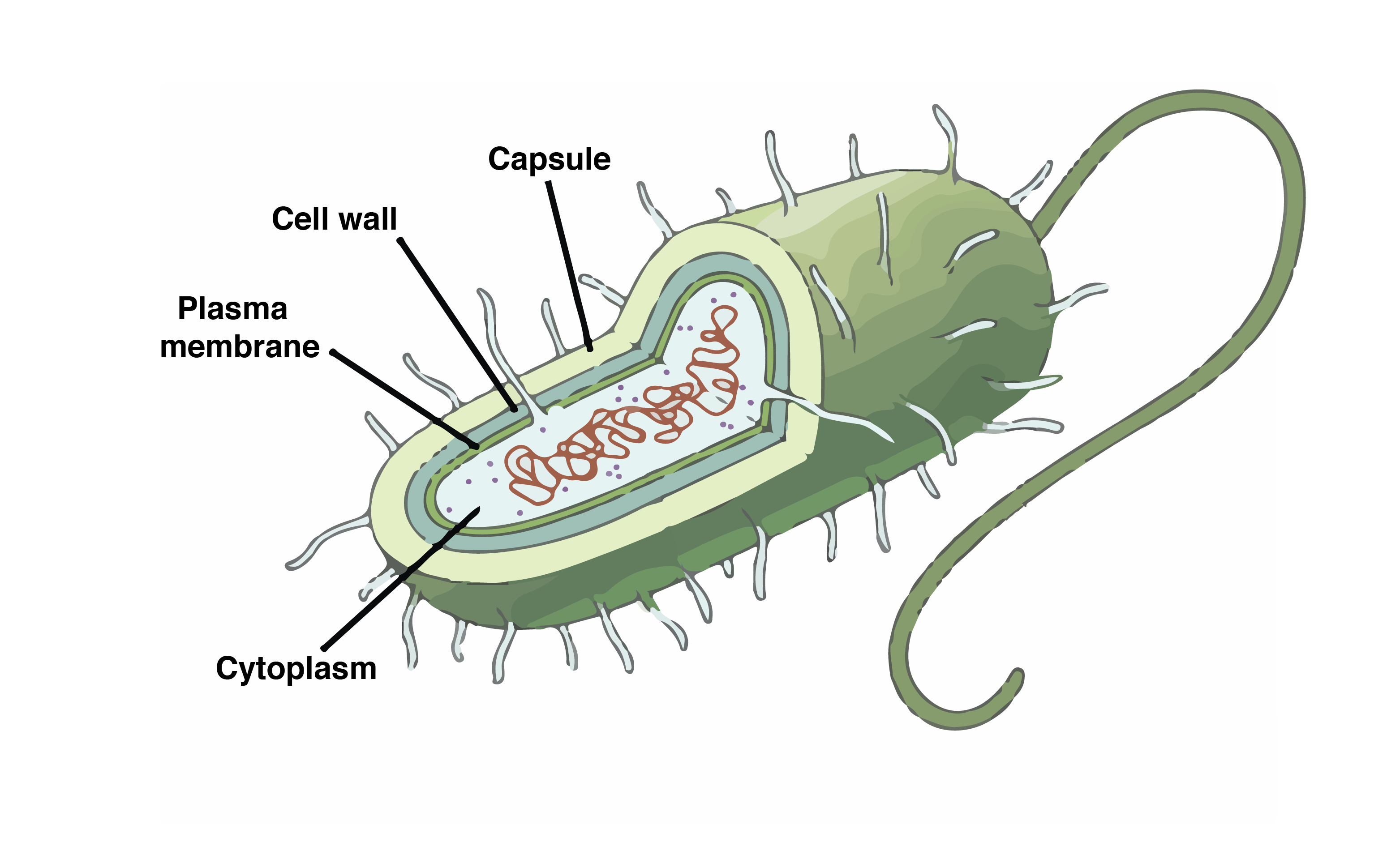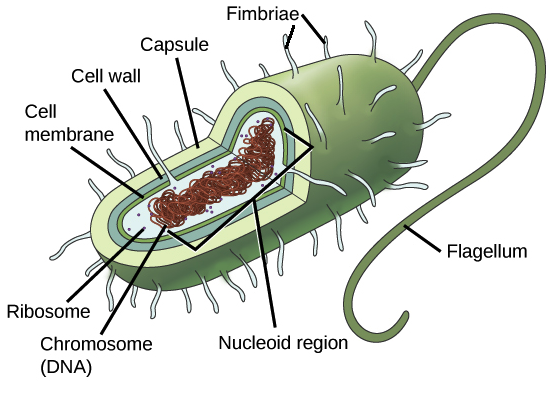Cells That Do Not Produce Cell Walls Are
Animal cells do not have plastids. Many eukaryotic cells are ciliated.

Unique Characteristics Of Prokaryotic Cells Microbiology
A specialized structure found inside cells that carries out a.

. For example fungi cell walls contain chitin and bacterial cell walls contain peptidoglycan. It is assembled from surface-layer proteins called S-layers. If not the cell may put off dividing grow some more or stop dividing.
Mitochondria provide the energy a cell needs to move divide produce secretory products contract - in short they are the power centers of the cell. Plant cells contain plastids such as chloroplasts which are needed for photosynthesis. Archaeal cell walls do not contain this compound though some species contain a similar one.
Animals plants fungi and protists are all made up of at least one eukaryotic cell. These cells line the alveoli air sacs of the lungs and are responsible for keeping them open. The cell checks to make sure it is ready to start the division process.
If there are cells sending signals from all sides a cell may stop dividing. They are about the size of bacteria but may have different shapes depending on the cell type. The eukaryotic DNA is organized in one or more linear molecules called chromosomes which are associated with histone proteins.
Plant cells have plasmodesmata which are pores between plant cell walls that allow molecules and communication signals to pass between individual plant cells. Red blood cells RBCs also referred to as red cells red blood corpuscles in humans or other animals not having nucleus in red blood cells haematids erythroid cells or erythrocytes from Greek erythros for red and kytos for hollow vessel with -cyte translated as cell in modern usage are the most common type of blood cell and the vertebrates principal means of. Plant cells have a cell wall a large central vacuole chloroplasts and other specialized plastids whereas animal cells do not.
Cell invasion migration and proliferation do not exclusively depend on angiogenic enzymes the growth factors and their receptors being also mediated by cell adhesion molecules. Cell walls may or may not be present. 3D model of a typical animal cell Overview of Animal Cells.
Some eukaryotic organelles such as mitochondria also contain some DNA. Likewise archaea do not produce walls of cellulose as do plants or chitin as do fungi. Once progenitor cells form their future cell type is determined Some of these stem cells travel to other parts of the body and.
Plant cells have some specialized properties that make them distinct from animal cells. In contrast bacteria and archaea are made up of a single prokaryotic. Learn how special structures such as chloroplasts and cell walls create this distinction.
Human cells do not make or need peptidoglycan. The huge variety of cells that have evolved to fulfill different purposes do not always have all the same organelles or structures but in general terms these are some of the structures you can expect to find in animal cells. Animal cells have a number of organelles and structures that perform specific functions for the cell.
Animal cells do not have plant-specific organelles like cell walls which support the plant cell or chloroplasts the organelle that carries out photosynthesis. Having complex cells in which the genetic material is organized into membrane-bound nuclei. All chromosomal DNA is stored in the cell nucleus separated from the cytoplasm by a membrane.
The cell wall of archaeans is chemically distinct. In the lungs they found the RNAs for these proteins mainly in cells called type II pneumocytes. General structure of an animal cell.
In order to initiate the angiogenic process endothelial cells should dissociate from the surrounding cells before they can invade adjacent tissues. Methanogens are the only exception and possess pseudopeptidoglycan chains in their cell wall. Blood cells begin life as stem cells.
In the nasal passages the researchers found that goblet secretory cells which produce mucus express RNAs for both of the proteins that SARS-CoV-2 uses to infect cells. The outer membrane is fairly. They do most of the work in cells and are required for the structure function and regulation of the bodys tissues and organs.
Density-dependent cell signaling. Proteins are made up of hundreds or thousands of smaller units called amino acids which are attached to one another in long chains. Animal cells have a centrosome and lysosomes while plant cells do not.
If there are no signals on one or more sides the cell could keep dividing. Importantly the main difference between plant and animal cells is that plant cells have a cell wall while animal cells do not. Animal cells do not have plasmodesmata.
Mitochondria are membrane-bound organelles and like the nucleus have a double membrane. As these cells mature they divide and either create more stem cells or evolve into progenitor cells which will then further develop into red or white blood cells or platelets. These substances are not found in plants.
These substances are not found in plants. There are 20 different types of amino acids that can be combined to make a protein. Over the duration of invasion and migration the.
The sequence of amino acids determines. Most bacteria produce a cell wall that is composed partly of a macromolecule called peptidoglycan itself made up of amino sugars and short peptides.

Prokaryotic Cells Article Khan Academy

Do All Cells Have A Cell Wall Byju S

Prokaryote Structure Article Khan Academy

Anatomy Of The Plant Cell Vs A Human Cell Interactive Biology With Leslie Samuel Plant Cell Project Plant Cell Plant Cell Structure
Comments
Post a Comment